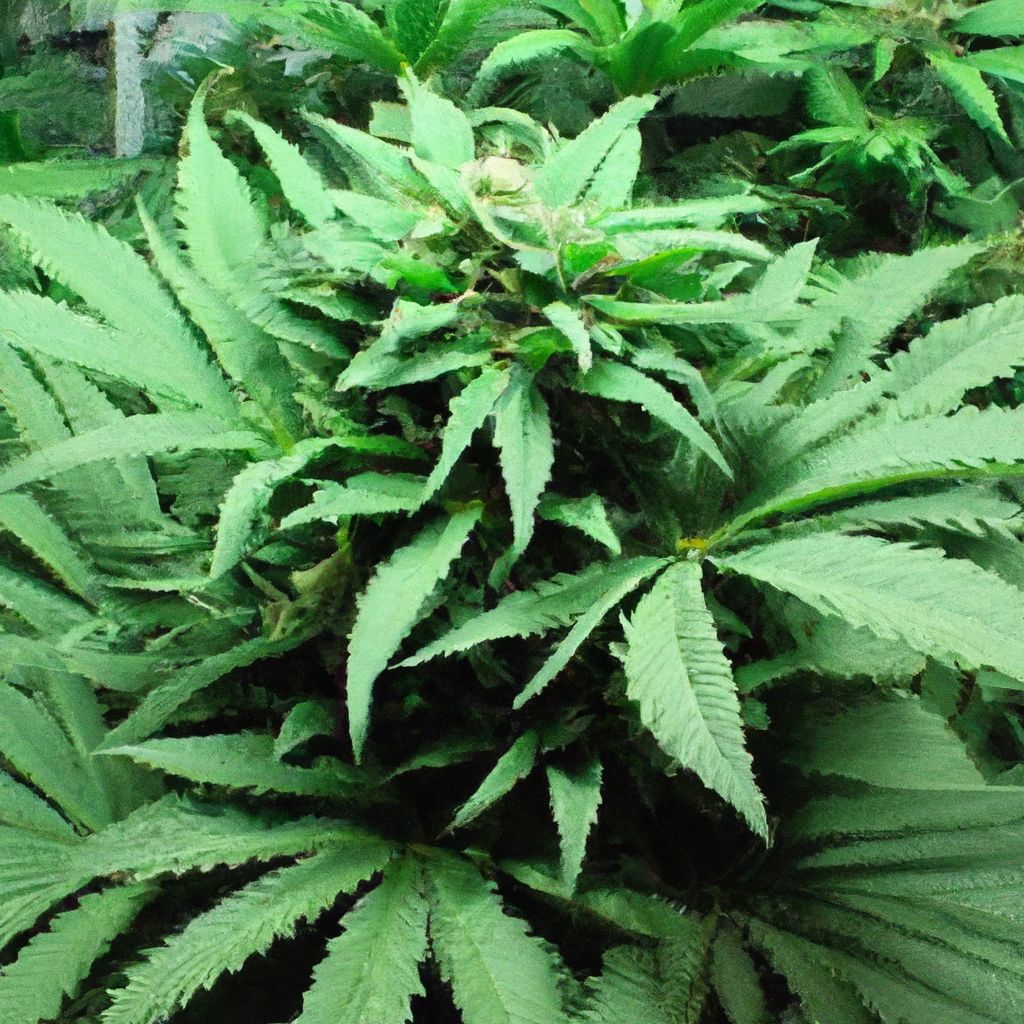By John “Magic” Greenleaf – “Growing greatness, one strain at a time.”
Introduction
The world of cannabis cultivation is rife with aspects that can seem mystical to the uninitiated, one of which is Vapor Pressure Deficit (VPD). This magical metric can transform your growing experience by providing insights into the plant’s true needs regarding water and nutrient uptake. By honing your understanding of VPD, you align closer with nature’s divine intentions, paving the way for healthier, bountiful harvests.
Understanding VPD: The Basics
Vapor Pressure Deficit (VPD) is the difference between the amount of moisture in the air and how much moisture the air can hold when it’s saturated. For cannabis plants, managing VPD is like orchestrating a symphony, ensuring each note – humidity and temperature – contributes to a harmonious growth cycle.
- Too High VPD: Plants close their stomata to prevent losing too much water, leading to nutrient deficiencies and slower growth.
- Too Low VPD: Plants might suffer from mold or mildew as the humid environment promotes these threats, despite efficient nutrient uptake.
Achieving the Sweet Spot: Steps to Optimal VPD
- Measure Accurately: Use quality hygrometers and thermometers to ensure consistent and reliable readings of humidity and temperature.
- Adjust Environment: Install adjustable ventilation systems. Ceiling fans along with exhaust systems can aid in controlling temperature, while humidifiers or dehumidifiers fine-tune humidity levels.
- Automate Monitoring: Leveraging automated systems that alert you of any fluctuations can prevent drastic shifts in your VPD number.
- Tailor to Plant Stages: Young plants need higher humidity and hence lower VPD values, whereas mature ones thrive with lower humidity, warranting a higher VPD during flowering stages.
The Magic in Practice: A Real-World Example
In my Colorado grow rooms, we maintain VPD at approximately 1.0 kPa during the vegetative phase and try to inch it up to around 1.2 – 1.5 kPa during flowering. This fine-tuning is evident in the vigorous growth and resinous bounty we achieve consistently, optimizing both THC content and terpene profiles.
Conclusion
Undoubtedly, comprehending VPD is no easy feat, but when you unlock its mysteries, the rewards are rich and verdant. As you delve deeper into the nuances of cannabis cultivation, remember that learning to dance with your environment isn’t just about abiding by the numbers, but also about nurturing your intuitive understanding of the plants themselves.


Leave a Reply